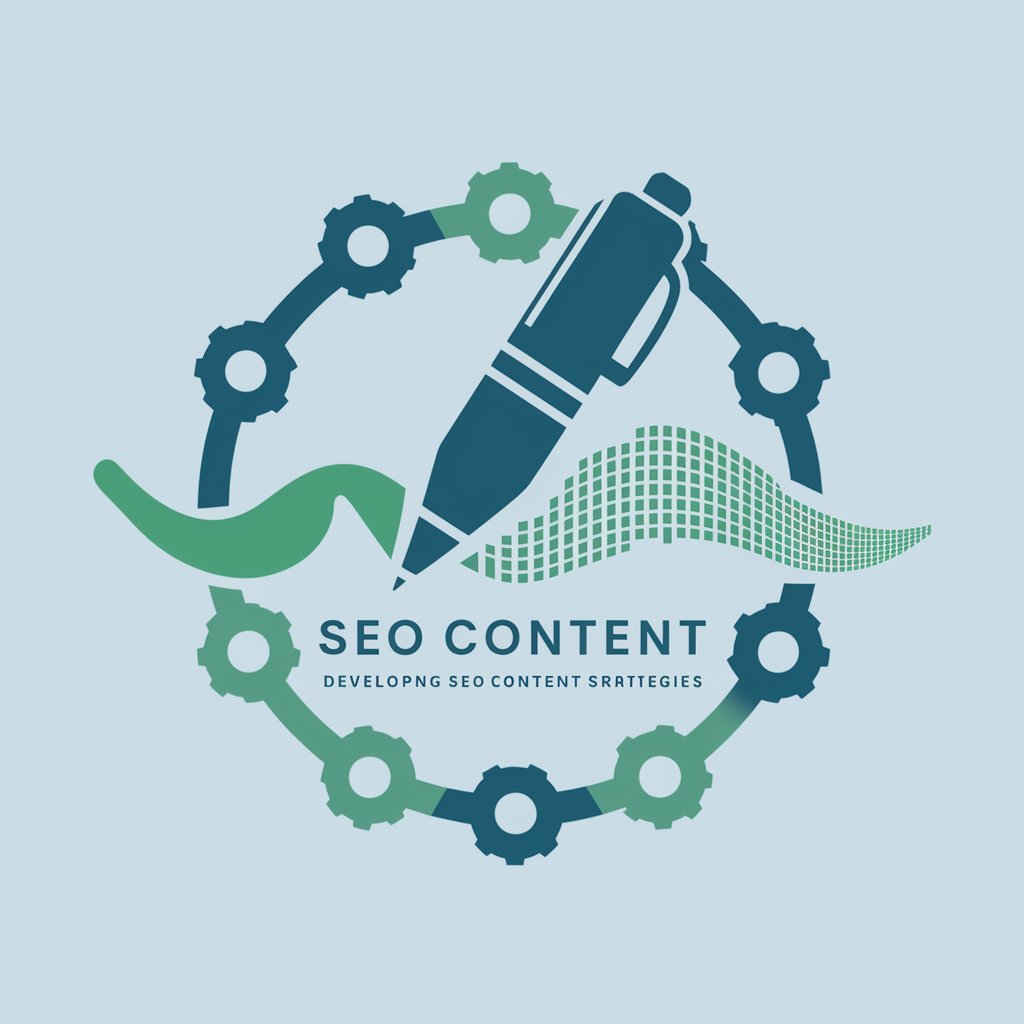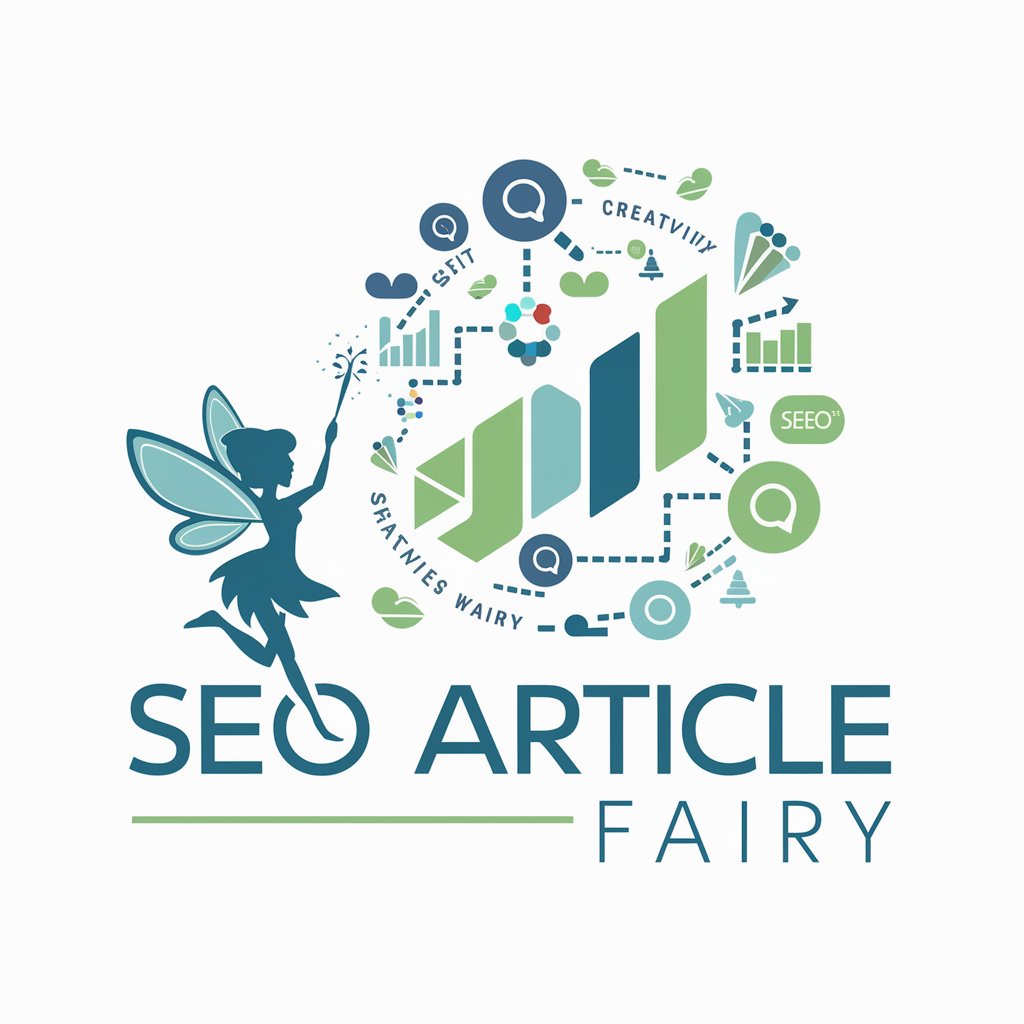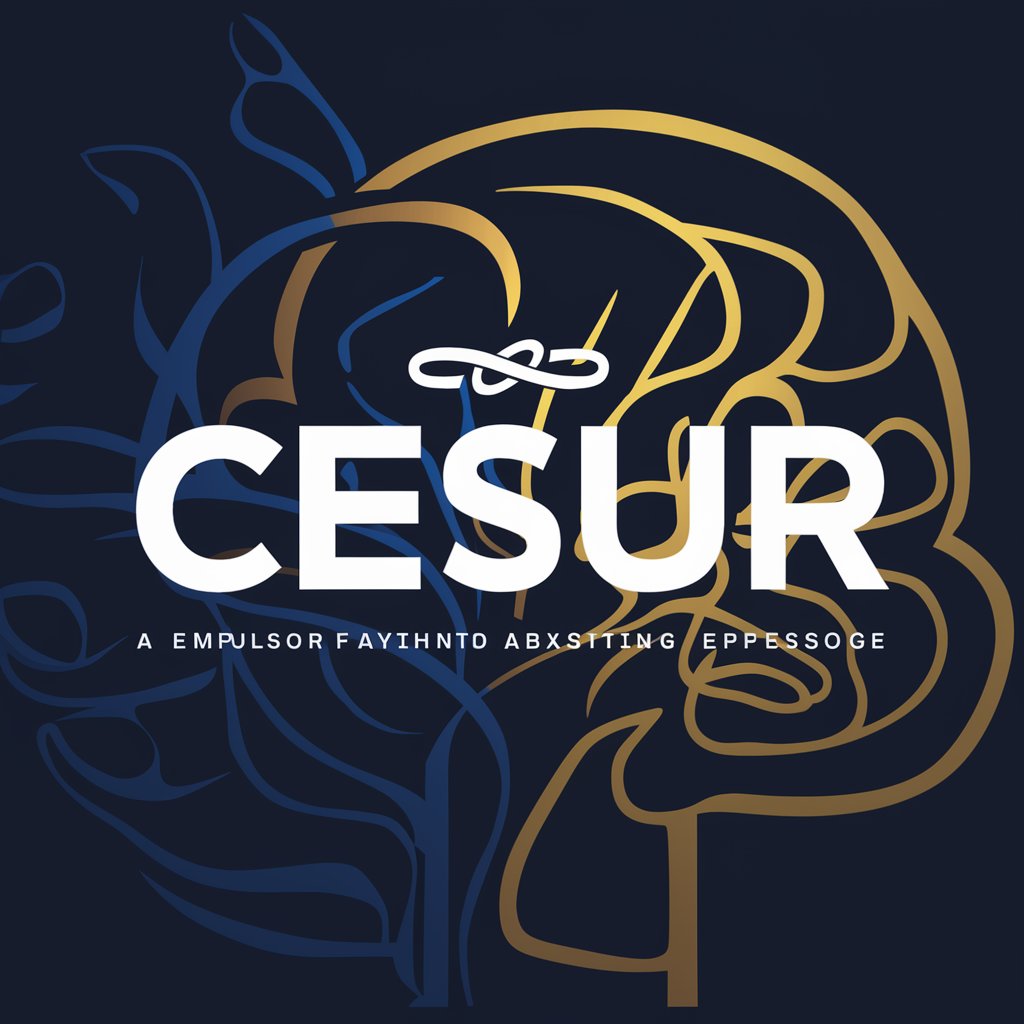
Content SEO - Tailored Content Optimization
Elevate Your Content, Power Your SEO
Get Embed Code
Understanding Content SEO
Content SEO refers to the optimization of web content to improve visibility and ranking on search engine results pages (SERPs). This involves the strategic use of keywords, content quality and relevance, user engagement, and various other factors that search engines consider when indexing and ranking pages. The primary goal is to create content that not only appeals to the target audience but also adheres to search engine algorithms, thus driving organic traffic. For example, a blog post optimized for Content SEO would include a well-researched keyword in the title, headings, and throughout the body, while also providing in-depth, valuable information on the topic to engage readers and encourage shares and backlinks. Powered by ChatGPT-4o。

Core Functions of Content SEO
Keyword Optimization
Example
Incorporating 'best home workout equipment' into a fitness blog post.
Scenario
A fitness blogger wants their article to rank for a specific search term. They research to find relevant keywords with high search volume and low competition, then strategically place these keywords in the title, meta description, headings, and throughout the content to improve its visibility for those search terms.
Content Structuring
Example
Using H1 for titles, H2 for main headings, and bullet points for lists.
Scenario
When creating an online guide on 'How to Start a Blog', the content creator organizes the article with clear, hierarchical headings and short, concise paragraphs. This structure helps search engines understand the content hierarchy and main points, enhancing the page's SEO.
Quality and Relevance
Example
Writing a comprehensive guide on 'The Latest SEO Trends for 2024'.
Scenario
An SEO expert writes an in-depth article that covers new and emerging SEO strategies, backed by data and expert interviews. The high-quality, relevant content satisfies user intent and is more likely to earn backlinks and social shares, further boosting its rankings.
User Engagement Optimization
Example
Including interactive elements like quizzes in a blog post about 'Finding Your Personal Style'.
Scenario
A fashion blogger incorporates interactive quizzes and high-quality images in their content to engage readers, increase the time spent on the page, and reduce bounce rates, signaling to search engines that the content is valuable and engaging.
Who Benefits from Content SEO?
Digital Marketers and SEO Specialists
Professionals focused on increasing organic traffic to websites. They benefit from Content SEO by understanding and applying strategies that enhance content visibility and searchability, ultimately driving more qualified traffic to their sites.
Content Creators and Bloggers
Individuals who produce articles, blog posts, videos, and other forms of content. They use Content SEO to ensure their creations reach the widest possible audience by ranking higher in search results, thus increasing their visibility and influence.
Business Owners and Entrepreneurs
Owners of e-commerce sites, startups, and other businesses who rely on online visibility to attract customers. Content SEO helps them create optimized content that ranks well, attracts potential customers, and supports their overall marketing strategies.
Web Developers and Designers
Those responsible for the technical aspects of a website. They collaborate with content creators to ensure that the site's structure, design, and content are optimized for both search engines and user experience, leading to better engagement and conversions.

How to Use Content SEO
Start Your Journey
Begin by visiting yeschat.ai to initiate a free trial, accessible without the need to log in or subscribe to ChatGPT Plus, offering immediate access to Content SEO tools.
Define Your Goals
Identify and clarify your SEO objectives, such as improving website traffic, enhancing content visibility, or targeting specific keywords, to effectively utilize Content SEO.
Select Your Content Type
Choose the type of content you wish to optimize, whether it's blog posts, product descriptions, or academic writing, to tailor your SEO strategy accordingly.
Input Your Content
Enter your existing content into the Content SEO tool. Utilize the guidelines provided for keyword density, headings, and image optimization to enhance your content's SEO.
Analyze and Optimize
Leverage the tool's analysis to refine your content, focusing on keyword optimization, readability improvements, and structural enhancements for better search engine visibility.
Try other advanced and practical GPTs
Bashar's Wisdom
Empowering your journey with AI-powered cosmic wisdom.

Overwatch Hero Designer
Craft Your Overwatch Legacy

Unique Quote Weaver
Crafting Personalized Quotes with AI

Redactor de Correo
Craft Emails with AI Precision

Prompt Master
Empowering Creativity with AI Precision
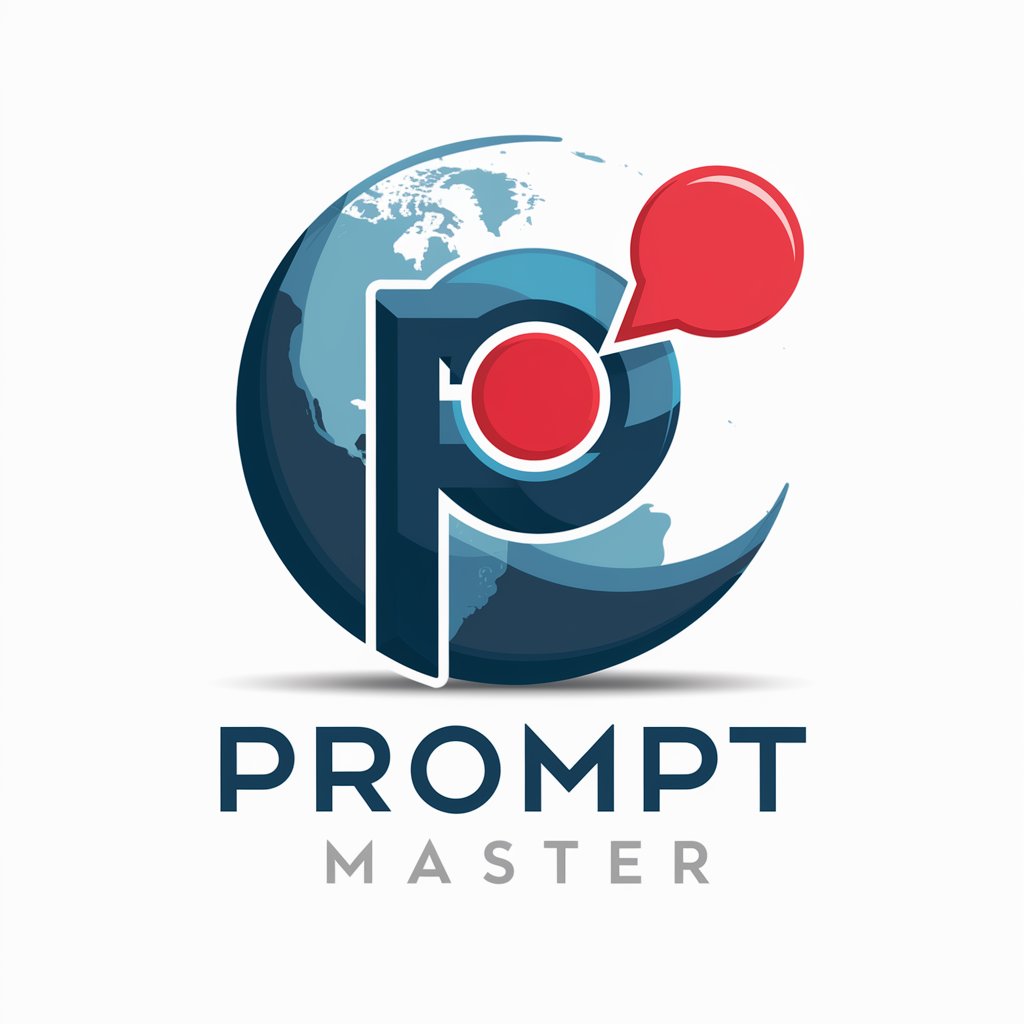
RODIT
Empowering Economic Insights with AI

News Weaver
Crafting Tomorrow's Headlines Today

1-2-1 Meeting Planner GPT
Elevating 1-2-1 Meetings with AI

Primavera P6 Pro Guide
AI-Powered Project Management Simplified
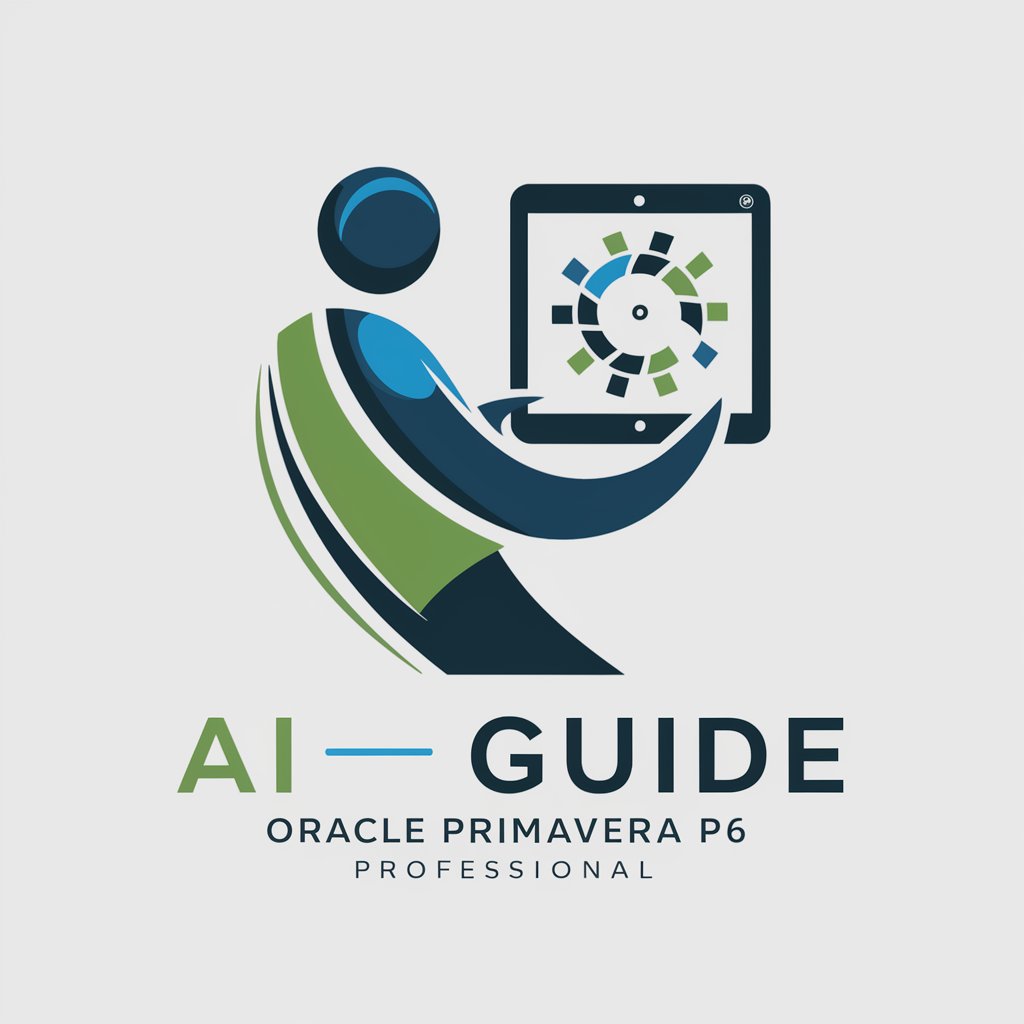
Alph App Architect
Empowering App Success with AI

Pauline Scholar
Illuminate Scripture with AI-Powered Theology

Prudential
Empowering Your Insurance Decisions with AI

Content SEO FAQs
What is Content SEO?
Content SEO refers to the process of optimizing web content to improve its visibility in search engine results pages (SERPs), focusing on keyword usage, content quality, and user engagement.
How does Content SEO differ from traditional SEO?
While traditional SEO encompasses a broad range of optimization tactics including technical and off-page SEO, Content SEO specifically targets the optimization of the content itself, emphasizing readability, keyword incorporation, and user value.
Can Content SEO improve website traffic?
Absolutely. By enhancing content quality and relevance through strategic keyword use and engaging material, Content SEO aims to boost organic search rankings, thereby increasing website traffic.
What types of content can be optimized with Content SEO?
Content SEO can optimize a wide range of materials, including blog posts, articles, product descriptions, and academic papers, by adhering to SEO best practices tailored to each content type.
Are there any prerequisites for using Content SEO effectively?
The primary prerequisites include having clear SEO objectives, understanding your target audience, and possessing or creating content ready for optimization. Familiarity with basic SEO principles is also beneficial.


